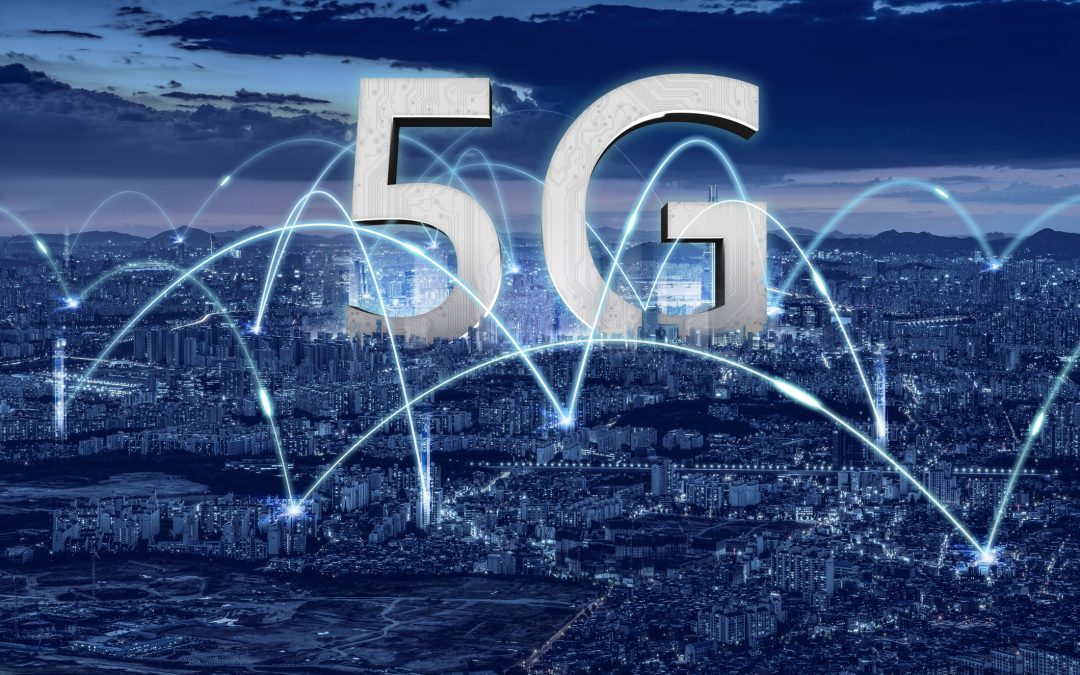Bridging the Digital Divide: A Fixed Wireless Access (FWA) solution to Deliver Gigabit Connectivity Across Four States
This comprehensive case study delves into the fixed wireless access (FWA) platform to address the digital divide in underserved regions of Ohio, Illinois, Indiana, and Kentucky. By deploying FWA products and ISP companies, a partnership aimed to provide high-speed internet connectivity to an estimated 1.4 million households and businesses by the end of 2024. The study explores the technical challenges faced, the meticulous network deployment strategy, the transformative impact on various sectors, and the long-term benefits of bridging the digital divide.
Horizon Powered’s products like Gigabit FWA CPE 25005G & 2400F20 a Fixed Wireless Access (FWA) Customer Premises Equipment (CPE) devices and other products are designed to deliver gigabit-speed internet access. These Fixed Wireless Access (FWA) devices utilize this cutting-edge CPE to offer high-speed internet services to end-users in remote or challenging-to-reach locations. Our team of experts can easily help you achieve the goals and requirements you have envisioned.

Introduction: The Digital Divide Challenge Wireless Access
In the regions covered by the internet service provider (ISP), the digital divide presented a formidable challenge. A significant portion of the population lacked access to reliable high-speed internet due to the remoteness of their locations, the absence of traditional broadband infrastructure, and prohibitive costs. This lack of connectivity had adverse effects on education, healthcare, and economic opportunities, making the need to address this issue urgent.
Technical Hurdles and Mitigation Strategies
The deployment of a high-speed FWA network across multiple states posed various technical hurdles. The vast and diverse geography demanded meticulous planning and customization. Horizon and its partners closely optimized network design, considering factors such as signal propagation, tower placement, and coverage areas. Advanced radio frequency planning and spectrum management were employed to minimize interference and ensure seamless connectivity.
To address non-line-of-sight challenges in remote areas, the Horizon device platform’s advanced beamforming technology played a crucial role. By dynamically adjusting beam angles, the system optimized signal strength and throughput, delivering consistent, high-quality internet experience to users.
Quality of Service and Performance in Wireless Access
Ensuring a high-quality internet experience was paramount to the success of the project. The FWA platform’s intelligent beamforming capabilities were instrumental in ensuring a consistently high level of performance. This was achieved by adjusting the beam angles to optimize both signal strength and throughput, allowing for seamless and efficient communication, the system ensured reliable performance even in challenging conditions. Advanced interference mitigation mechanisms minimized radio interference, contributing to enhanced overall network stability.
To further improve QoS, the network was designed with sufficient capacity to accommodate increasing data demands. This foresight allowed for future scalability, ensuring that the network could grow alongside the expanding user base.
Impact on Education, Healthcare, and Economic Growth
The deployment of high-speed internet had a profound impact on various sectors:
- Education: Students gained access to a wealth of online learning resources, fostering an environment of continuous education and e-learning opportunities. Schools and educational institutions in remote areas were now able to adopt digital learning tools and provide virtual classrooms.
- Healthcare: Telemedicine services flourished, allowing healthcare professionals to remotely diagnose and treat patients, especially in underserved areas with limited medical facilities. Patients benefited from virtual consultations and remote monitoring, improving healthcare access and outcomes.
- Economic Growth: Reliable internet connectivity enabled businesses to expand their reach and explore new markets, contributing to job creation and economic development. Local businesses could now engage in e-commerce, reach wider audiences, and participate in the global economy.
Partnership and Technology Selection in Wireless Access
The ISP{ recognized the potential of fixed wireless access in overcoming the limitations of wired infrastructure. The Fixed Wireless Access platform emerged as the technology of choice due to its exceptional performance and robust capabilities. This platform featured innovative advancements, including smart beamforming and intelligent spectrum reuse, enabling it to deliver high-capacity, low-latency connections over long distances and through challenging terrains.
Comprehensive Network Deployment
The network deployment strategy involved several key steps:
- Site Surveys: A team of Horizon partner engineers conducted extensive site surveys to identify optimal locations for base station installations, ensuring maximum coverage and signal strength.
- Tower Infrastructure: Leveraging existing tall structures, such as water towers and broadcast masts, Horizon expedited network expansion while reducing the need for new infrastructure. This approach also minimized the visual impact on the landscape.
- Customer Premises Equipment (CPE) Installation: State-of-the-art Horizon CPEs were installed at customer locations to facilitate high-speed wireless connectivity. The CPEs were designed to be user-friendly, allowing for easy installation and maintenance.
- Backhaul Network: A robust backhaul network was established to connect Horizon partner base stations to the core infrastructure, ensuring reliable data transfer and low latency. This backbone network served as the foundation for seamless communication between base stations and the central network hub.
Addressing Customer Needs and Service Plans
Both partners, Horizon and the ISP, designed and tailored the service plans to meet the unique requirements of both residential and business customers. Flexible data packages and pricing structures were introduced, catering to varying needs and budgets. A dedicated customer support system was implemented to provide prompt assistance and troubleshooting, enhancing customer satisfaction.
The deployment of the FWA platform significantly reduced the digital divide’s impact on underserved communities. Subscribers experienced internet speeds and reliability comparable to those in urban areas, empowering them with new opportunities for education, work, and entertainment.
Environmental Considerations in Wireless Access
The adoption of a Fixed Wireless solution significantly reduced the environmental impact compared to traditional wired infrastructure. The deployment required less invasive construction, minimized the need for trenching and cabling, and contributed to a more sustainable approach to network expansion. Additionally, the use of existing structures for tower placement minimized disturbances to natural habitats.
Long-Term Sustainability and Future Prospects
The success of the FWA deployment highlighted the potential for further expansion and growth. The network’s scalability and adaptability allowed for continuous improvement and the incorporation of emerging technologies. Public-private partnerships and community engagement played a crucial role in ensuring the sustainability of the project.
The ongoing monitoring and maintenance of the network would be critical to maintaining its optimal performance and meeting the ever-evolving demands of the digital landscape.
The collaborative efforts of the ISP and the FWA Platform provider exemplify the power of innovative technology and strategic partnerships in bridging the digital divide. The partnership successfully provided high-speed internet connectivity to underserved households and businesses across multiple states.
The comprehensive network deployment, technical expertise, and dedication to addressing customer needs have left a lasting impact on education, healthcare, and economic growth in the region. This case study serves as a testament to the transformative potential of closing the connectivity gap and paves the way for a more inclusive and connected future. The lessons learned from this initiative can serve as a blueprint for other regions seeking to bridge the digital divide and create a more equitable digital landscape for all.








